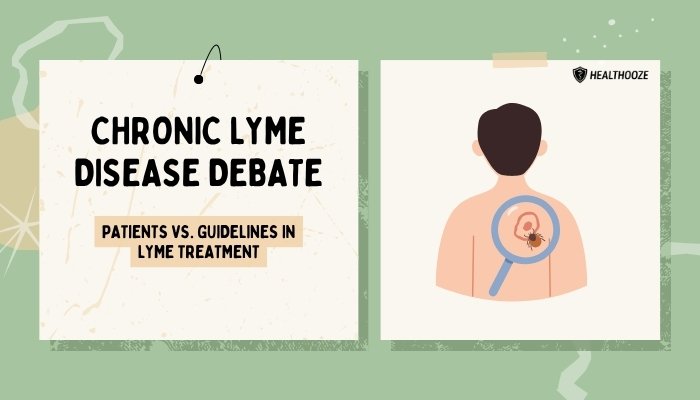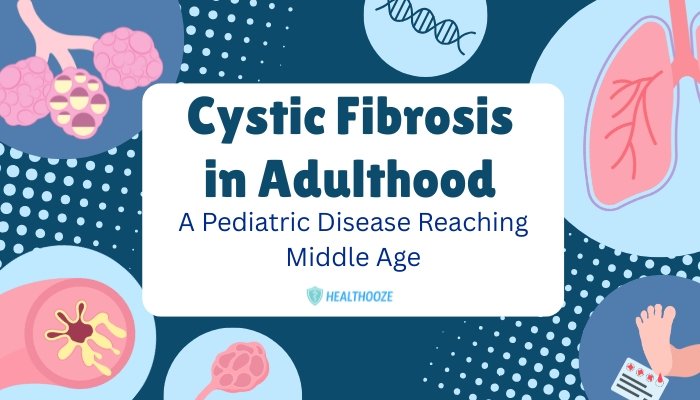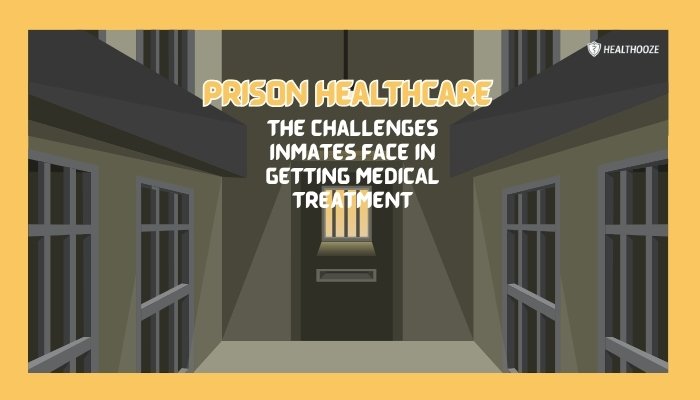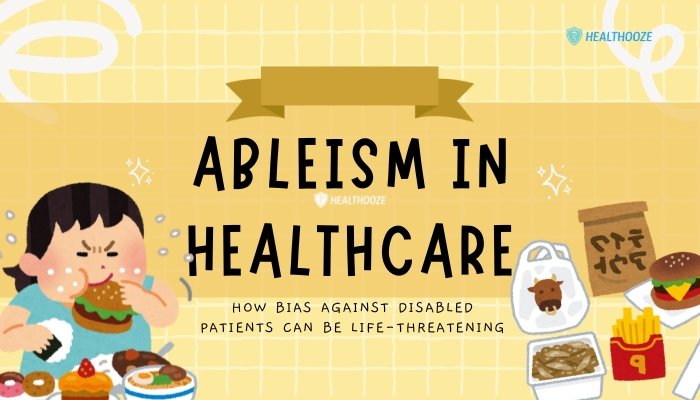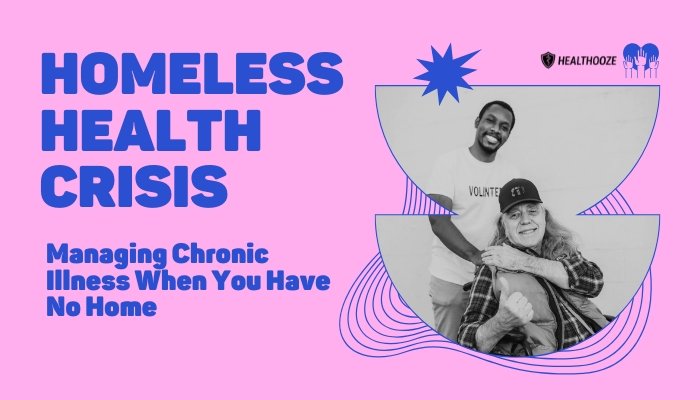Introduction
Lyme disease, caused by the bacterium Borrelia burgdorferi, usually responds well to a short course of antibiotics. However, a subset of patients continue to experience debilitating symptoms—referred to by some as chronic Lyme disease or post-treatment Lyme disease syndrome (PTLDS).
Traditional guidelines remain skeptical of long-term or repeated antibiotic therapy, creating a friction point between mainstream medical consensus and patient advocacy groups. On one side, infectious disease authorities emphasize evidence-based short treatments; on the other, patients with persistent symptoms feel sidelined, demanding broader recognition and extended care.
This article examines the conflicts shaping this debate, exploring both perspectives on how to diagnose and manage persistent Lyme symptoms.
What Is Chronic Lyme Disease?
Overview and Terminology
- Lyme Disease Basics: Spread primarily by tick bites (often the black-legged “deer” tick), acute Lyme features rash (erythema migrans), fever, and joint or muscle aches.
- Persistent or “Chronic” Symptoms: Some individuals report lingering fatigue, pain, or cognitive issues months or years after standard antibiotic treatment. Though labeled “chronic Lyme,” conventional medical bodies often classify these unresolved symptoms as post-treatment Lyme disease syndrome (PTLDS).
Symptoms and Overlap with PTLDS
Patients may complain of:
- Ongoing Fatigue: Severe enough to affect daily tasks.
- Musculoskeletal Pain: Aching joints, neck stiffness, or generalized muscle aches reminiscent of rheumatoid conditions.
- Cognitive “Brain Fog”: Memory lapses, difficulty concentrating, or slowed thinking.
- Fluctuating Severity: Good days interspersed with flare-ups, complicating stable routines.
While the cause of these symptoms remains debated, possibilities include lingering infection, autoimmunity, or nerve damage.
Guideline Approaches: IDSA vs. Patient Advocacy
Infectious Disease Society (IDSA) Guidelines
Traditionally, IDSA endorses standard antibiotic courses (e.g., 2–4 weeks of doxycycline) for early Lyme. If signs persist beyond that, IDSA guidelines typically do not recommend further prolonged antibiotics, citing insufficient evidence of active infection and potential harm (e.g., antibiotic resistance, side effects).
International Lyme and Associated Diseases Society (ILADS)
On the other side, ILADS guidelines and some patient advocacy groups argue for individualized, possibly longer antibiotic treatments if patients remain symptomatic. They highlight anecdotal improvements from extended therapy and note limitations in current testing methods, which might miss persistent or reactivated infection.
The Clash
While IDSA warns of potential overtreatment and antibiotic misuse, ILADS supporters stress urgent care for a “hidden epidemic” of undertreated chronic Lyme. Critics note the lack of large-scale clinical trial data to conclusively validate one approach over the other.
The Patient Perspective
Struggles with Validation
Many patients dealing with persistent symptoms complain of being dismissed as “anxious” or having “vague complaints.” The label “chronic Lyme” can lead to stigmatization, with some providers attributing lingering issues to psychosomatic origins instead of investigating further.
Searching for Solutions
In frustration, patients may consult multiple specialists, adopt alternative therapies, or self-medicate with unproven regimens—sometimes incurring significant costs or health risks. Online groups offer peer validation and advice, fueling polarized online discourse about the existence of “chronic Lyme.”
Real-World Implications
Going without recognition or adequate treatment can lead to:
- Missed Work or School: Ongoing fatigue or pain interfering with daily life.
- Financial Burdens: Costs of repeated consultations, alternative remedies, or travel to “Lyme-literate” doctors.
- Emotional Distress: Anxiety, depression, or isolation from feeling unheard.
Research Gaps and New Directions
Diagnostic Challenges
Lyme serology tests (ELISA and Western Blot) might not always detect late or persistent infection, especially if antibodies wane over time. The search for more sensitive markers—like direct detection of bacterial remnants or advanced imaging—remains an area of ongoing research.
Biological Mechanisms
The precise reasons for extended symptoms might include:
- Residual Infection: Bacteria may evade immune responses or hide in less accessible tissues.
- Autoimmune Response: A triggered immune system remains in a hyperactive state, damaging nerves or tissues.
- Chronic Inflammation: Some pathogens can alter immune regulation, persisting subclinically while causing systemic inflammation.
Future Therapies
Beyond long antibiotics, potential therapies range from immune modulators to advanced vaccine candidates. More robust, large-scale studies evaluating the efficacy and safety of varied antibiotic durations or combination treatments could bring clarity.
Bridging the Gap: Patient-Centric Care
Open-Minded Medical Collaboration
Clinicians who listen thoroughly, track symptom changes, and remain open to differential diagnoses can bridge the trust deficit. Equally, patient advocates working with mainstream institutions fosters synergy instead of conflict.
Holistic Management
Chronic pain programs, integrative approaches (like diet, physical therapy, stress management), or psychological support for coping with persistent symptoms can enhance quality of life—even if antibiotic regimens alone prove insufficient.
Building Trust and Transparency
Ongoing communication between doctors and patients on potential risks vs. benefits of long-term antibiotics or alternative therapies ensures informed consent. Acknowledging the unknowns fosters a more collaborative environment.
Conclusion
The debate surrounding chronic Lyme disease highlights deeper tensions in how medical guidelines reconcile patient experiences versus evidence-based consensus. While standard therapy suffices for many with acute infection, a fraction of patients endure debilitating, persistent symptoms—pushing them toward extended treatments or alternative modalities. Striking a balance involves further research, greater empathy from clinicians, and open dialogue about uncertainties in diagnosis or therapy. Ultimately, bridging these gaps—through validated science, patient stories, and innovative research—aims to ensure that those afflicted with ongoing post-Lyme struggles are neither dismissed nor exploited, but guided toward meaningful relief.
References
- Wormser GP et al. The clinical assessment, treatment, and prevention of Lyme disease, human granulocytic anaplasmosis, and babesiosis. Clin Infect Dis.
- Cameron DJ, Johnson LB, Maloney EL. Evidence assessments and guideline recommendations in Lyme disease. Expert Rev Anti Infect Ther.
- Centers for Disease Control and Prevention (CDC). Post-Treatment Lyme Disease Syndrome facts.

